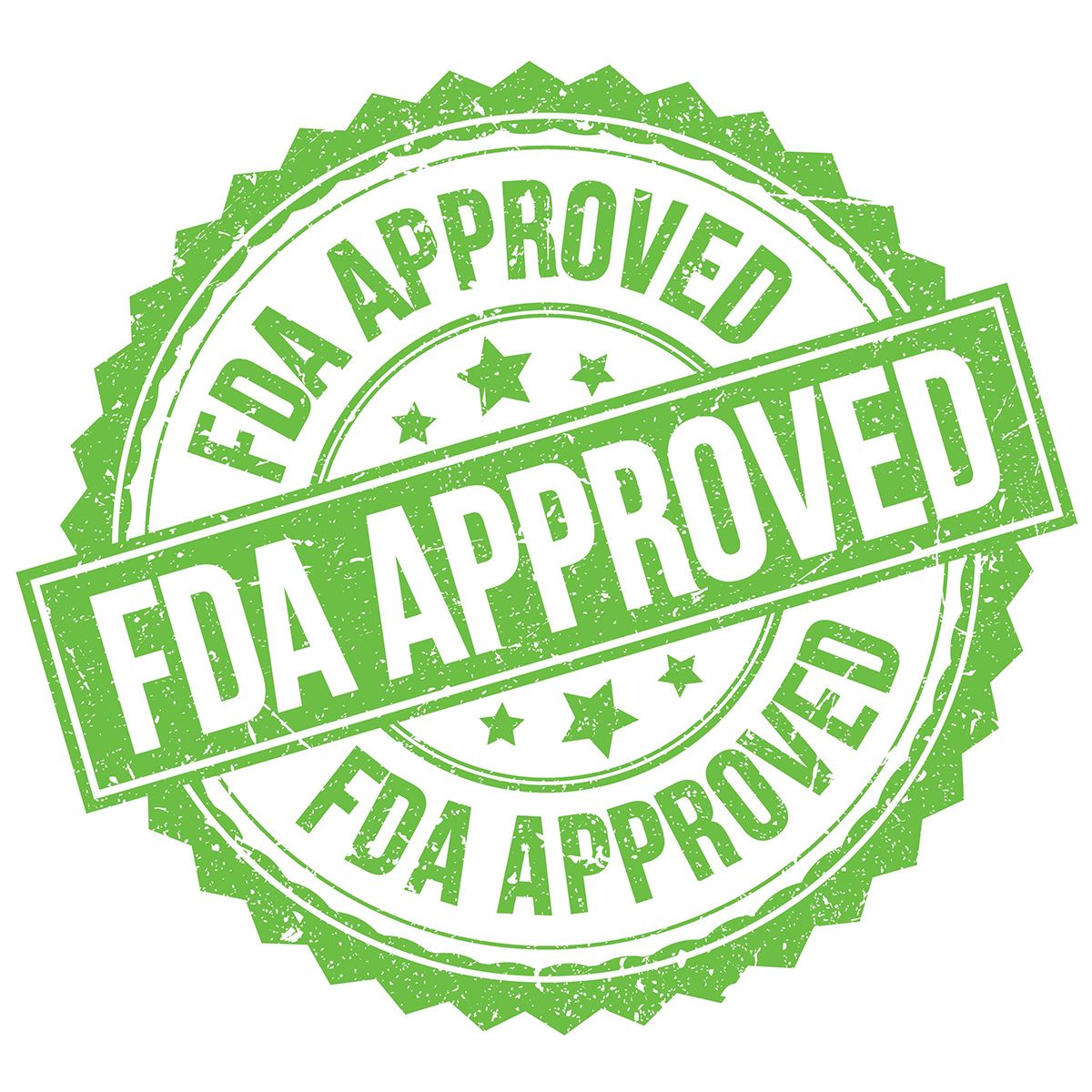Retifanlimab Receives FDA Approval for Advanced Anal Cancer
Retifanlimab has received approval for the frontline treatment of advanced anal cancer from the FDA.
Results from POD1UM-303/InterAACT2 were shared at the 2024 ESMO Meeting.

Retifanlimab-dlwr (Zynyz) has been granted approval from the FDA for treatment of locally recurrent or metastatic squamous cell carcinoma of the anal canal (SCAC), both in combination chemotherapy and as a single agent, making it the first oral therapy approved for anal cancer, per an announcement from the drug’s developer, Incyte.1
The therapy is approved in combination with carboplatin and with paclitaxel for the first-line treatment of patients with inoperable disease and as a monotherapy for patients who have progressed on or are intolerant to platinum-based chemotherapy.
The PD-1 inhibitor’s approval is supported by data from the phase 3 POD1UM-303/InterAACT2 trial (NCT04472429) and the phase 2 POD1UM-202 trial (NCT03597295), which investigated the efficacy and safety of retifanlimab in combination with chemotherapy and as a single agent, respectively.
Findings on Retifanlimab in Combination With Chemotherapy
Data from POD1UM-303/InterAACT2 were presented at the 2024 European Society for Medical Oncology Meeting. Findings demonstrated a statistically significant 37% reduction of risk of progression or death and a median progression free survival (PFS) of 9.3 months (95% CI, 7.5-11.3) vs 7.4 months with placebo plus chemotherapy (95% CI, 7.1-7.7; P = .0006, n = 154).2 The median follow-up times for PFS were 7.6 months (range, 0.0-33.9) and 7.1 months (range, 0.0-27.4), respectively.
“[Retifanlimab] plus carboplatin [and] paclitaxel represents a potential new reference treatment and standard of care [SOC] for patients with advanced SCAC,” Sheela Rao, MD, MBBS, FRCP, a consultant medical oncologist in the Gastrointestinal Unit at the Royal Marsden Hospital NHS Foundation Trust in London, England, said during the presentation of findings.
Further findings showed that patients who received retifanlimab achieved an overall response rate (ORR) of 56% (95% CI, 48%-64%), with a complete response (CR) rate of 22% vs 44% (95% CI, 36%-52%) with a 14% CR rate among those who received placebo (P = .0129). The median duration of response (DOR) was 14.0 months (95% CI, 8.6-22.2) vs 7.2 months (95% CI, 5.6-9.3), respectively, and the respective disease control rates were 87% (95% CI, 81%-92%) vs 80% (95% CI, 73%-86%).
Efficacy as a Monotherapy for SCAC
The FDA issued a complete response letter to retifanlimab monotherapy for SCAC on July 27, 2021, based on data from POD1UM-202.3
These data demonstrated that at a median follow-up of 7.1 months (range, 0.9-19.4) retifanlimab yielded an ORR of 13.8% (95% CI, 7.6%-22.5%), including 1 complete response and 12 partial responses (n = 94). Median DOR was 9.5 months (range, 5.6 month-NE), and median PFS and OS were 2.3 (95% CI, 1.9-3.6) and 10.1 (95% CI, 7.9-NE), respectively.4
Safety in Both Indications
Treatment-emergent adverse effects (TEAEs) of any grade occurred in all patients in the retifanlimab and placebo arms in POD1UM-303/InterAACT2.2 Patients in both arms experienced grade 3 or higher TEAEs (83.1% vs 75.0%), grade 5 TEAEs (2.6% vs 0.7%), serious AEs (47.4% vs 38.8%), treatment-related serious AEs (16.2% vs 6.6%), immune-related adverse effects (46.1% vs 23.7%), and AEs leading to treatment discontinuation (11.0% vs 2.6%). At the data cutoff, 58.4% of patients in the investigation arm remained on the study.
In POD1UM-202, TEAEs occurred in 90 patients (95.7%), the most common of which being pruritic (11.7%), fatigue (9.6%), diarrhea (8.5%), asthenia (7.4%), nausea (6.4%), increased aspartate aminotransferase, and hypothyroidism (each 5.3%).4 Fifty-five patients had TEAEs grade 3 or higher.
References
- Incyte Announces FDA Approval of Zynyz® (retifanlimab-dlwr) Making it the First and Only Approved First-Line Treatment for Advanced Anal Cancer Patients in the United States. News release. Incyte Corporation. May 15, 2025. Accessed May 15, 2025. https://www.businesswire.com/news/home/20250508024371/en/Incyte-Announces-FDA-Approval-of-Zynyz-retifanlimab-dlwr-Making-it-the-First-and-Only-Approved-First-Line-Treatment-for-Advanced-Anal-Cancer-Patients-in-the-United-States
- Rao S, Samalin-Scalzi E, Evesque L, et al. POD1UM-303/InterAACT 2: phase 3 study of retifanlimab with carboplatin-paclitaxel (c-p) in patients (Pts) with inoperable locally recurrent or metastatic squamous cell carcinoma of the anal canal (SCAC) not previously treated with systemic chemotherapy (Chemo). Presented at: 2024 ESMO Congress; September 13-17, 2024; Barcelona, Spain. Abstract LBA2.
- Incyte provides regulatory update on retifanlimab for the treatment of certain patients with squamous cell carcinoma of the anal canal (SCAC). News release. Incyte Corporation. July 23, 2021. Accessed July 26, 2021. https://investor.incyte.com/news-releases/news-release-details/incyte-provides-regulatory-update-retifanlimab-treatment-certain
- Rao S, Anandappa G, Capdevila J, et al. A phase II study of retifanlimab (INCMGA00012) in patients with squamous carcinoma of the anal canal who have progressed following platinum-based chemotherapy (POD1UM-202). ESMO Open. 2022;7(4):100529. doi:10.1016/j.esmoop.2022.100529


